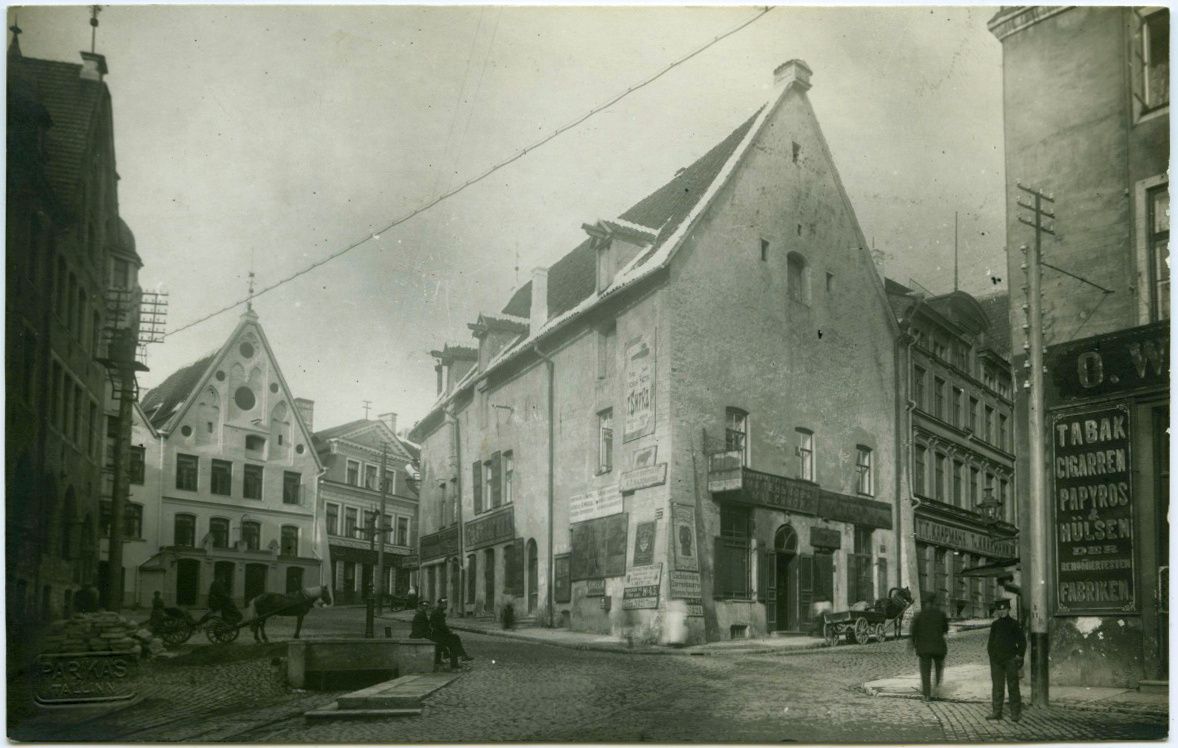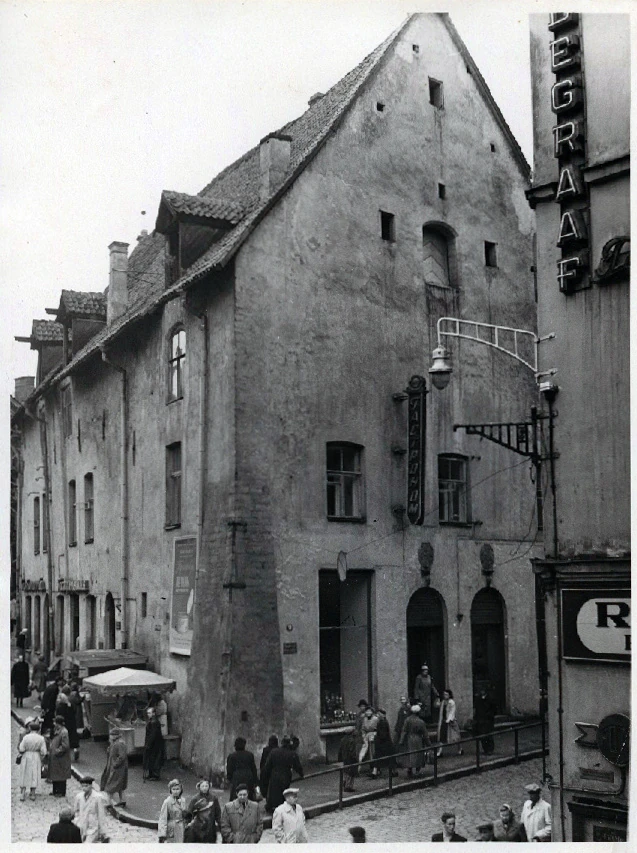The tale of our heritage
In the days of yore, from the 13th to the 17th century, there existed a mighty fellowship of merchants and cities known as the Hanseatic League. For over four centuries, this venerable league wielded great influence over the commerce, trade, and politics of Northern Europe.
In the year of our Lord 1285, the town of Reval, now called Tallinn, became the northernmost stronghold of this esteemed league. Reval was a city republic, ruling its own dominion and affairs.
In those medieval times, the wealthy merchants held sway over the city’s governance. Within Reval’s walls, there stands a grand abode known as Olde Hansa, once the dwelling of a rich Hanseatic merchant.


Meaning of Olde Hansa
Meaning of Olde Hansa
The words ‘Olde’ and ‘Hansa’ derives from ‘old German’ and together means the old tribe.
It is therefore through our name that we express a desire to pay homage to the customs of the past, and delivering this experience through our family of servants and staff.

The house in the 15th century of our Lord
The house in the 15th century of our Lord
In the Middle Ages, Vana turg was a trading place where foreign merchants operated by decision of the Tallinn City Council. A stone barn with shops, partly owned by the Holy Spirit Almshouse, existed there and was known as the Lower Market (forum inferior) from 1368. The building, mentioned in the 15th century, likely predates this period.
On August 26, 1654, the building collapsed. During the reconstruction in 1655-1656 by masons Siffer Kock and Paul Harra, and carpenter Jacob Wichman, a new warehouse called the Package building was constructed.
This building featured shops and warehouses on the lower floor and barns for imported goods on the upper floor. It was the sole location for foreign merchants to store goods, requiring a customs fee to the town. Tallinn had held this warehouse right since 1346, preventing goods from passing through its port without local merchant involvement.


The dwelling’s frame
The dwelling’s frame
The basic plan of the package building is a trapezoidal, three-story limestone building with a basement, on the attic of which several more warehouse floors were built. In the southern part of the building, there was one large room on each floor. The northern part was divided into two smaller rooms, the floors were connected by a spiral staircase inside the wall.
At the end of the 19th century, the warehouse building, which had remained unchanged until then, began to be rented out in parts for office, shop and residential premises, in the second quarter of the 19th century, trade stands were erected in front of the first floor, and between 1894 and 1921 several door and window openings were changed, hatches were built into windows and further rearrangements in the interior.
